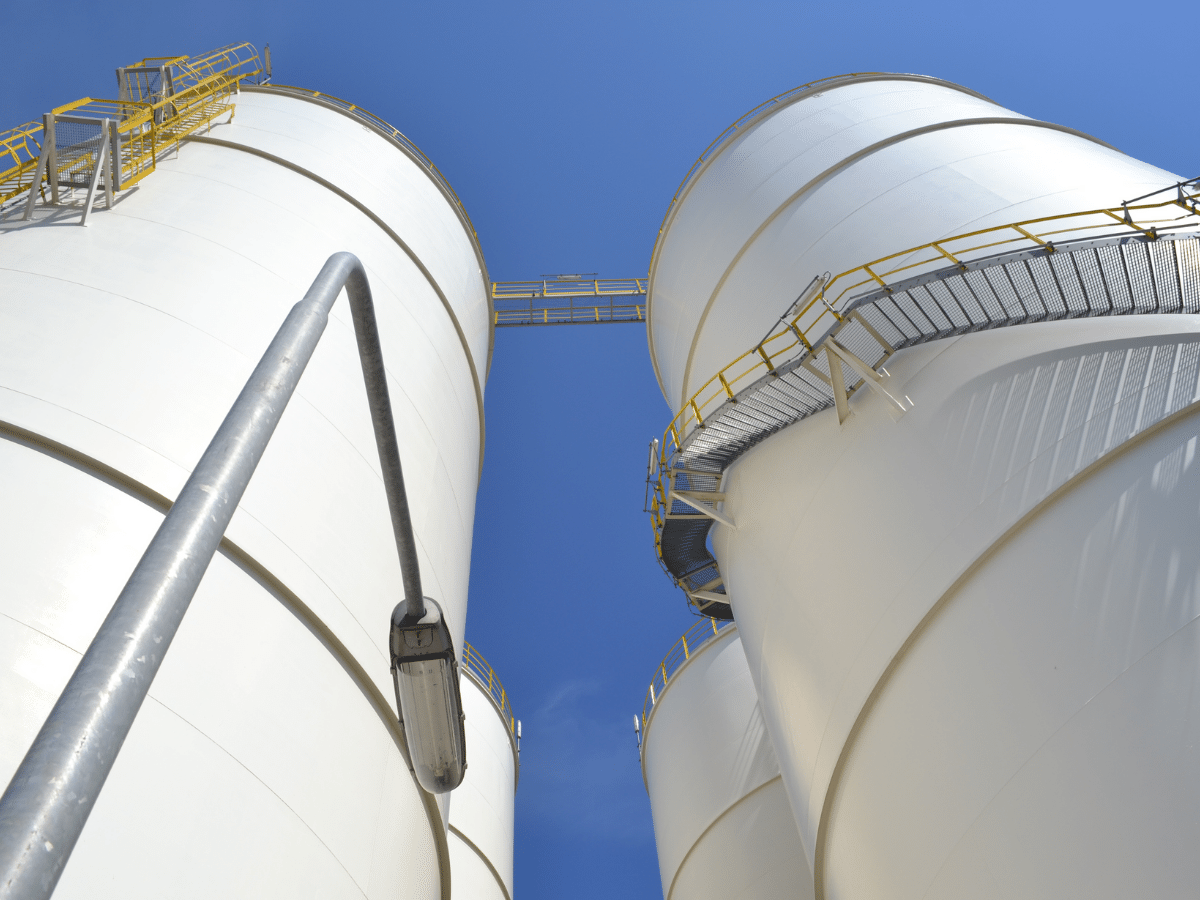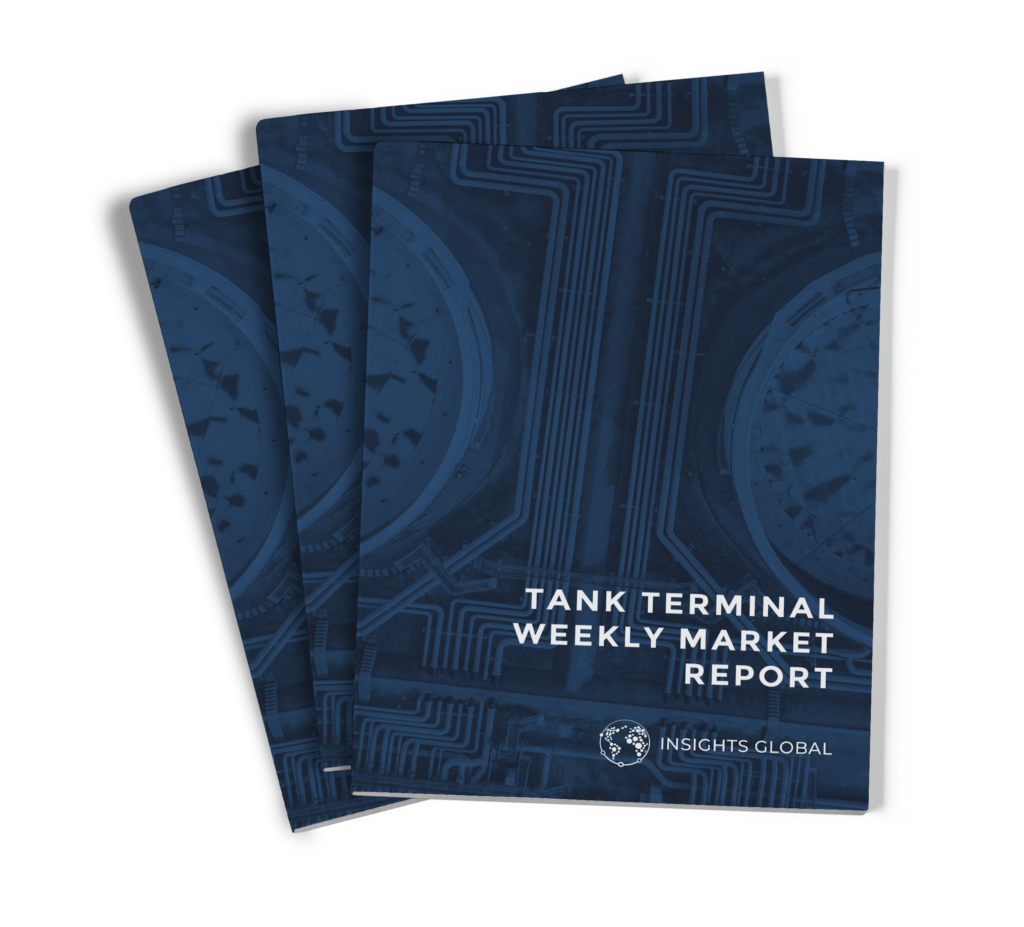Recovering economies this year have resulted in a robust rebound in oil demand, disproving some projections from the onset of the pandemic in 2020 that the world had already seen peak oil demand.
Despite scares of new variants, such as Delta and lately, Omicron, global oil demand is on track to reach pre-pandemic levels within months and to further rise in coming years. Peak oil demand is not in the cards in the near future, analysts say.
Oil investors surveyed by Bloomberg Intelligence in November have also significantly recalibrated their expectations of peak oil demand over the past two years.
Two and a half years ago, a fifth of oil investor clients polled by Bloomberg Intelligence said that oil demand would peak by February 2021, BloombergNEF’s Chief Content Officer Nathaniel Bullard notes. In June 2019, another one-third of oil investors thought we would see global oil demand peak by 2025. In previous surveys, most investors expected peak oil demand by 2030.
But the latest survey from last month showed a stark difference in the general timeline to peak oil demand compared to the previous four polls.
Currently, just 2 percent of oil investors believe peak oil demand will occur by 2025, and fewer than 40 percent see that peak before 2030. One-third of investors expect oil demand to peak between 2025 and 2030, but another one-third think that peak would be after 2030, at some point between 2030 and 2035.
Mid-2030s is currently OPEC’s timeline for peak oil demand. Global oil demand is expected to continue to grow into the mid-2030s to 108 million barrels per day (bpd), after which it is set to plateau until 2045, OPEC said in its 2021 World Oil Outlook (WOO) earlier this year. OPEC sees oil demand growing “strongly” in the short- and medium-term before demand plateaus in the long term.
Despite expected plateauing demand in the long run, oil will continue to be the fuel with the single largest share of the global energy mix by 2045, meeting 28 percent of energy demand then, OPEC Secretary General Mohammad Barkindo said last month, stressing the need for investments in oil supply to meet consumption.
Demand is set to grow, as the world still runs on fossil fuels which account for around 85 percent of total global energy demand.
The most meaningful dent to oil demand is likely to come from electric vehicles (EVs), which, in some countries, have started to eat away at oil demand for road transportation.
Nevertheless, it will take years to see road fuel demand globally severely impacted by electrification in transportation.
According to BloombergNEF’s Electric Vehicle Outlook 2021, EVs of all types are already displacing well over 1 million barrels of oil demand per day. In its Economic Transition Scenario, BloombergNEF sees oil demand from road transport overall peaking in 2027 and then declines steadily from there.
EVs have the potential to displace some oil demand, but the world as a whole is not there yet, other analysts say.
“When the impact of the pandemic on world oil markets was at its height, there was talk that we had already passed the point of “peak demand”, and consumption would never again be higher than it was in 2019. Wood Mackenzie analysts did not believe it at the time, and their scepticism is being vindicated,” Ed Crooks, Vice-Chair, Americas at Wood Mackenzie, wrote in October.
“Peak demand will come only through long-term structural changes, most immediately in light road transport, and those take time. There are signs that the surge in EV sales in Europe may be starting to chip away at road fuel demand there, but most of the world is not there yet. As the impact of the pandemic continues to fade, that is likely to become increasingly apparent,” Crooks noted.
OilPrice by Tsvetana Paraskova, December 15, 2021


